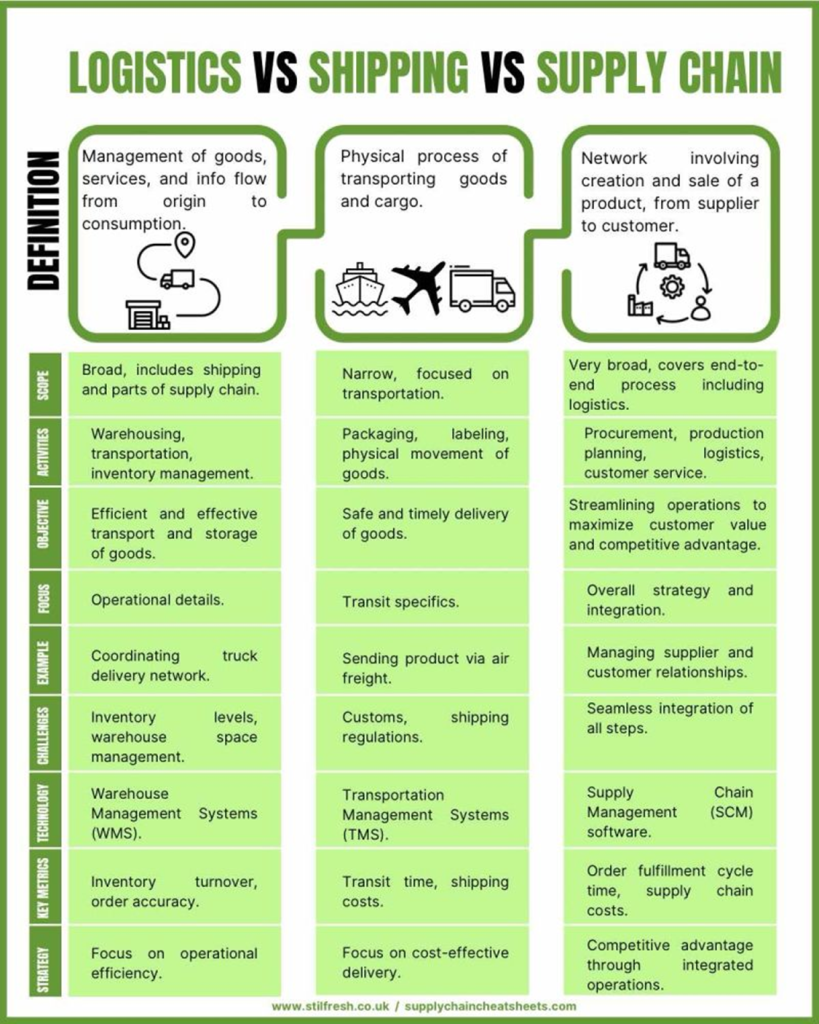𝐓𝐡𝐞 𝐈𝐦𝐩𝐚𝐜𝐭 𝐨𝐟 𝐆𝐥𝐨𝐛𝐚𝐥𝐢𝐳𝐚𝐭𝐢𝐨𝐧 𝐨𝐧 𝐂𝐚𝐫𝐠𝐨 𝐒𝐡𝐢𝐩𝐩𝐢𝐧𝐠 𝐒𝐮𝐩𝐩𝐥𝐲 𝐂𝐡𝐚𝐢𝐧𝐬 (𝐋𝐚𝐭𝐞𝐬𝐭 𝐈𝐧𝐟𝐨𝐫𝐦𝐚𝐭𝐢𝐨𝐧)
Cargo shipping is the means of transport used to transfer items, goods, and cargo from a port to a destination by ship. Shipping is the cheapest means of transportation per ton. Preferred for economical and efficient long-distance transport with low environmental impact. The greatest advantage of cargo transport is the ability to transport bulky cargo that cannot be transported by land or air. In addition, cargo ships are usually equipped with cranes and other similar equipment for loading and unloading cargo. Presently the cargo shipping industry is dominated by Asia-Pacific followed by Europe, North America, and LAMEA. Asia-Pacific is expected to maintain its dominance in the global market particularly in China, South Korea, and Japan due to some distinct advantages such as an increasing number of favorable trade agreements and growing demand for crude oil.

The cargo shipping market is driven by factors such as an increase in international marine freight transport a rise in demand for cargo transportation through ships and a surge in trade-related agreements. However, fluctuations in transportation & inventory costs and global trade tensions restrict market growth. Moreover, automation in marine transportation an increase in marine safety norms and the growth of the digital freight forwarding industry create lucrative growth opportunities for the market.
The market segmentation is based on cargo type, ship type, and industry type. by cargo type it is divided into liquid cargo, dry cargo, and general cargo. by ship type, it is classified into bulk carriers, general cargo ships, container ships, tankers, reefer ships, and others. by industry type, it is divided into food & beverages, manufacturing, retail, oil & gas, automotive, pharmaceutical, electrical & electronic and others. Geographically, it has been analyzed across North America, Europe, Asia-Pacific, and LAMEA.
Special Thanks to Mr. Ramzan Ali
